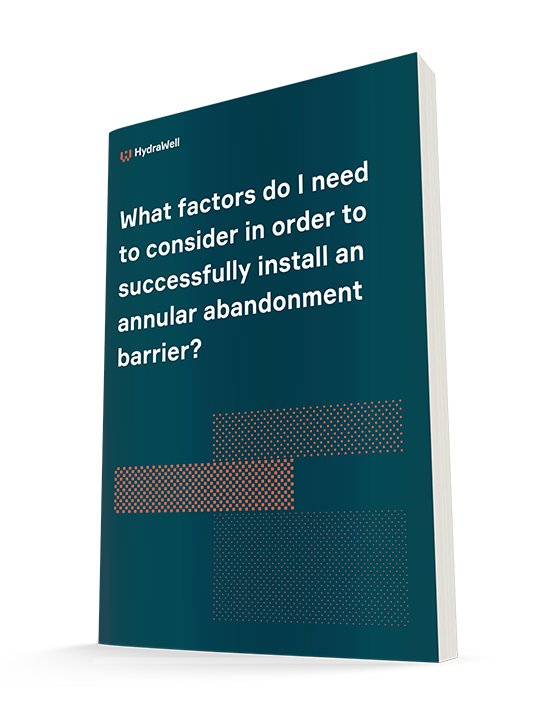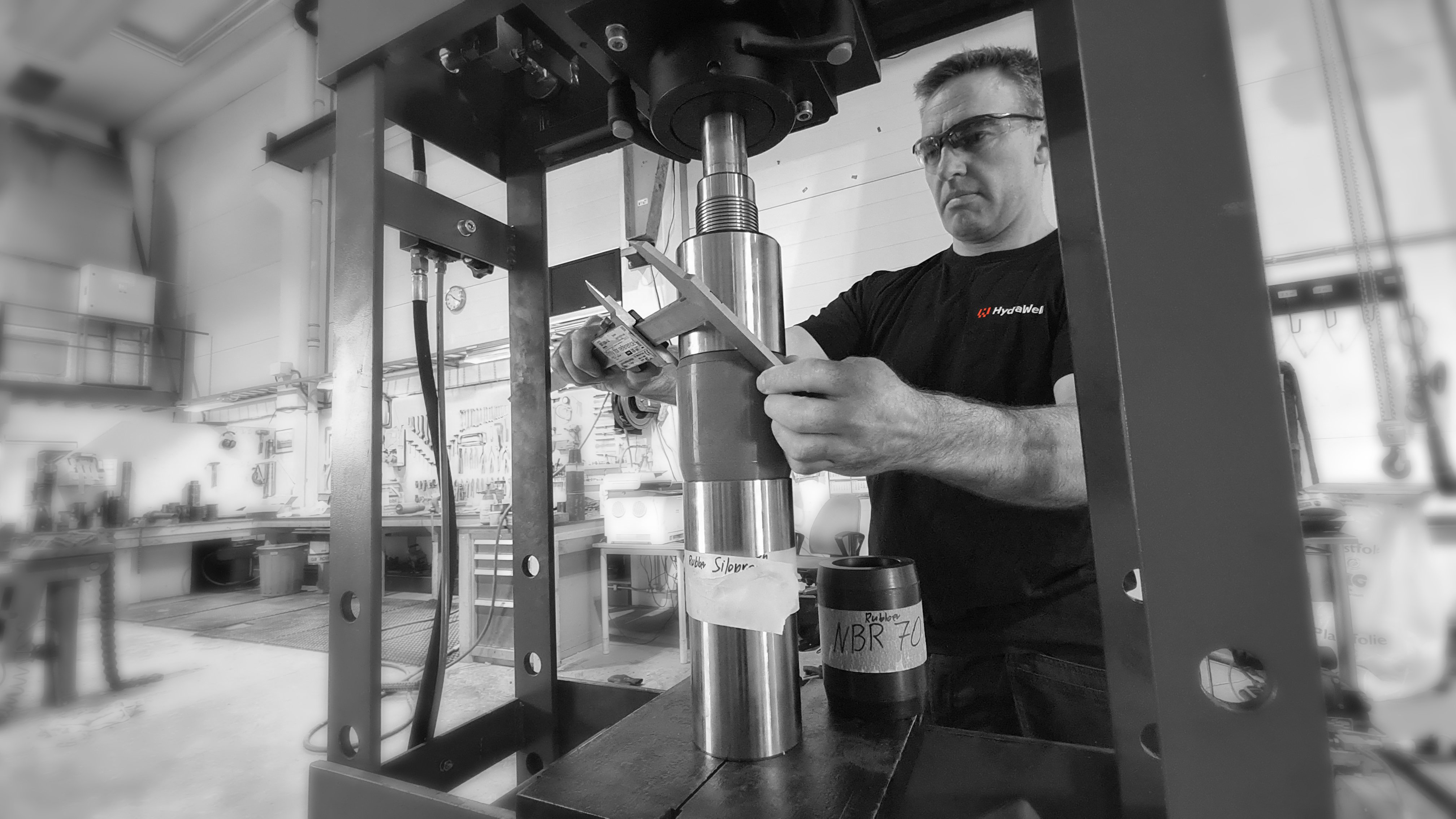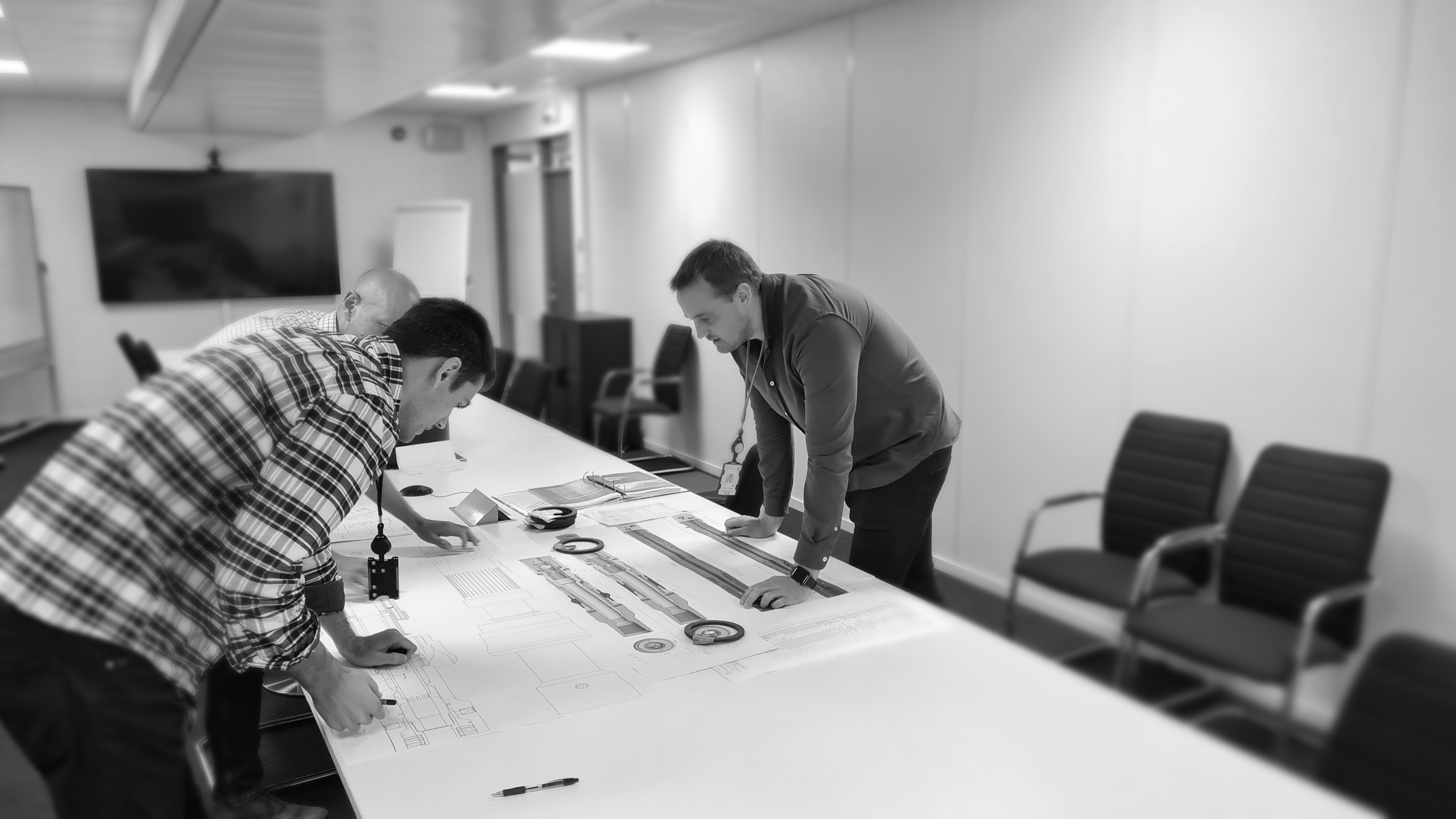Zonal Isolation & Techniques
Aging wells may be required to be shut-in for a number of reasons, but one of the most frustrating can be due to increasing water cut. In such cases, zonal isolation techniques can be used to mitigate water production and extend well productivity.
The challenges of Zonal Isolation
![]() Aging wells may be required to be shut-in for a number of reasons, but one of the most frustrating can be due to increasing water cut. Zonal isolation techniques help mitigate this issue by preventing water movement between formations and maintaining hydrocarbon production. The drawdown required to create hydrocarbon flow into the wellbore usually also induces water flow both horizontally and vertically in the permeable formations.
Aging wells may be required to be shut-in for a number of reasons, but one of the most frustrating can be due to increasing water cut. Zonal isolation techniques help mitigate this issue by preventing water movement between formations and maintaining hydrocarbon production. The drawdown required to create hydrocarbon flow into the wellbore usually also induces water flow both horizontally and vertically in the permeable formations.
Water can overtake the hydrocarbons in the formation, or the oil-water contact can gradually migrate upwards as the hydrocarbons are produced and removed. Both phenomena ultimately result in water breakthrough at the wellbore and usually result in increasing water cut.
This water cut can, on occasion, increase to 100% for a specific formation, or can increase the hydrostatic head in the wellbore during production to such an extent that the total production flow is significantly reduced or even killed. In all cases the hydrocarbon productivity is reduced, and the economic viability of the well is compromised.
Depending on the geological make-up, likely source of the water, and the configuration of the wellbore, a number of workover options, including zonal isolation techniques, may be worthy of consideration to maximise economic returns from the well and maximise recovery from the reservoir(s).
One common option is zonal isolation, where zonal isolation techniques are used to seal off one or more water-producing formations while leaving more ‘healthy’ hydrocarbon-bearing formations to continue to produce.
Bridge Plugs and/or Cement Barriers
This zonal isolation process can typically be undertaken by the installation of bridge plugs and/or cement barriers in the wellbore between the formations. Often, in order to achieve this isolation, water flowpaths through channels in the cement behind the production casing linking the source formation to the production formation and perforations, must also be isolated.
When this is identified, a ‘perf and squeeze job’ is often attempted to repair the isolation behind the casing. Although this operation is relatively simple, it faces a number of challenges and is often not successful. Unless there is a clear circulation path, the volumes of cement injected into the annulus are commonly very small. In addition, typically, the number of perforations is limited, and thus the likelihood of successfully sealing all the flow path channels is low.

Savings achieved
Perf, Wash and Cement (PWC) offers a cost-effective, predictable, and efficient alternative zonal isolation technique for restoring the cement isolation or casing stability.
The method has been demonstrated to be significantly quicker than repeated ‘perf and squeeze’ operations and provides a higher confidence in achieving a long-term isolation barrier.
End-to-end service
HydraWell offers a complete service of preparatory engineering and specialist tooling provision and operation, including managing the critical interfaces with cement, wash fluid, and perforating gun providers, in order to integrate our services into an optimised operational procedure.
From our experience, we have concluded that it is critical to ensure that perforation sizes provide sufficient access to the annulus and the washing programme parameters. This includes that flowrates, pass speeds, and jetting velocities are optimised within any constraints, such as ECD and pore pressure limits posed by the wellbore configuration. In addition, fluid choice driven by existing annular contents is key to ensuring effective cleanliness of the annulus prior to commencing cementing.
As the inventors of PWC, and specialists in this specific area, we pride ourselves on having the best and most extensive track record in this sector of the industry, with our latest tooling design bringing the cost benefits of significantly reduced operations durations compared with alternative versions of the technique available. Please see details of our track record and a comparison of differing PWC techniques on our ‘About’ page.
HydraWell’s PWC methodologies a are being employed by an increasing number of Operators including Shell, BP, ConocoPhillips, Chevron, Petronas and Equinor in many locations including UK, Norway, Netherlands, Canada and Malaysia.

Free White Paper:
What are the common reasons for failure?
- How can they be avoided?
Historically, three basic methods have been used to achieve an annular barrier. Each carries the risk of technical failure or of significant delays and increased cost beyond the forecast.
Fill in the blanks and get your copy now:
Talk to our experts
Have questions about zonal isolation techniques? Use the chat pane on this page or this form:





